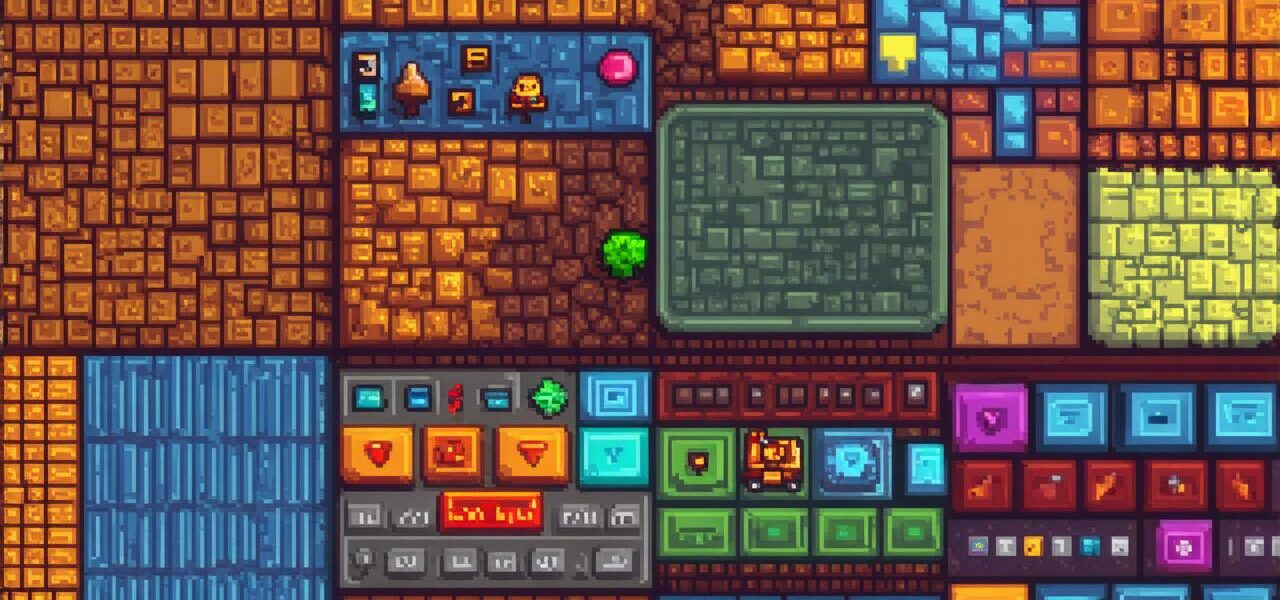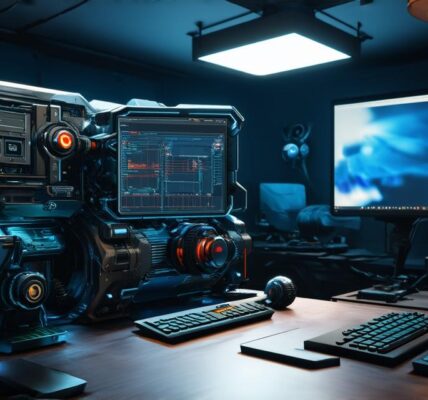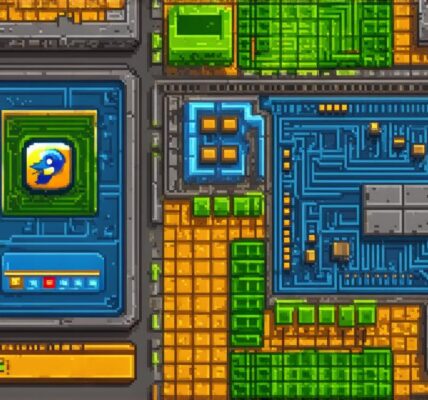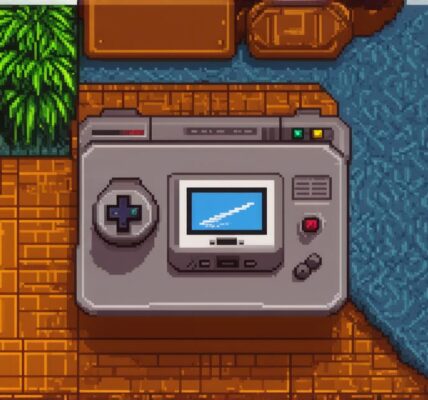Game Dev Story is an immensely popular mobile game development simulation game that has gained a massive following among game developers. In this game, players start with a small amount of capital and gradually build their own game studio, hiring staff, developing games, and marketing their products to achieve success in the competitive gaming industry.
Step 1: Determine Your Game Idea
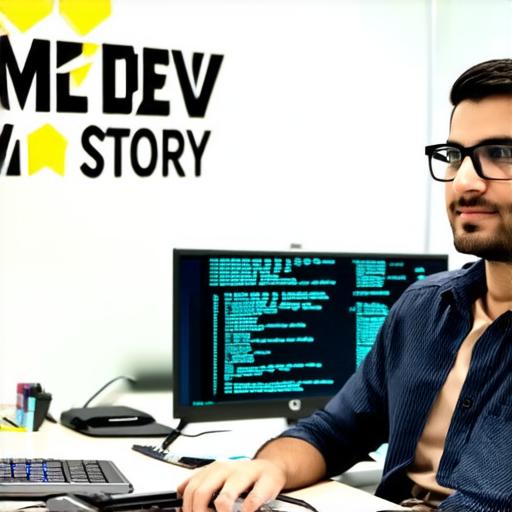
The first step in creating a follow-up game in Game Dev Story is to determine your game idea. This can be based on the genre of your initial game, popular trends in gaming, or your own creative vision. It’s important to choose an idea that resonates with your target audience and has the potential for success in the marketplace.
For example, if you created a successful puzzle game in Game Dev Story, you could consider developing a new puzzle game with different mechanics or a new level of difficulty. Alternatively, if your first game was a simulation game, you could explore other genres such as action, adventure, or role-playing games.
Step 2: Conduct Market Research
Once you have your game idea in mind, it’s time to conduct market research to determine the demand for your product. This involves analyzing the competition, identifying trends and patterns in the gaming industry, and assessing the potential for growth in your chosen genre.
To conduct market research, you can use tools such as Google Trends, social media analytics, and online surveys to gather information on what players want and need from games in your chosen genre. You can also look at the success of similar games in the marketplace to get an idea of what works and what doesn’t.
Step 3: Develop a Prototype
After conducting market research, it’s time to develop a prototype of your game. This involves creating a basic version of your game that you can test with potential players and gather feedback on. This feedback can be used to refine and improve your game mechanics, graphics, and overall user experience.
Developing a prototype is an important step in the game development process because it allows you to quickly identify any problems or issues with your game before investing too much time and resources into it. It also gives you an opportunity to test your game with real players and get valuable feedback that can help you improve your product.
Step 4: Create a Business Plan
Once you have your prototype ready, it’s time to create a business plan for your follow-up game. This involves outlining your marketing strategy, financial projections, and development timeline. Your business plan should also include details on the resources you will need to develop your game, such as staff, equipment, and software.
Creating a business plan is an important step in the game development process because it helps you stay organized and focused on your goals. It also allows you to communicate your plans to potential investors or partners and demonstrate your commitment to success.
Step 5: Build Your Team
Building a successful follow-up game in Game Dev Story requires a dedicated team of skilled professionals who can bring their expertise to the project. This includes game designers, programmers, artists, and marketing specialists who can help you create a polished and engaging product that resonates with your target audience.
When building your team, it’s important to look for individuals who have experience in your chosen genre and who share your passion for gaming. You should also consider factors such as their availability, work ethic, and communication skills when making hiring decisions.
Step 6: Launch Your Game
After developing your game, refining your business plan, and building your team, it’s time to launch your follow-up game in Game Dev Story. This involves marketing your game effectively to reach your target audience, setting the right price point, and providing excellent customer support to ensure a positive user experience.
